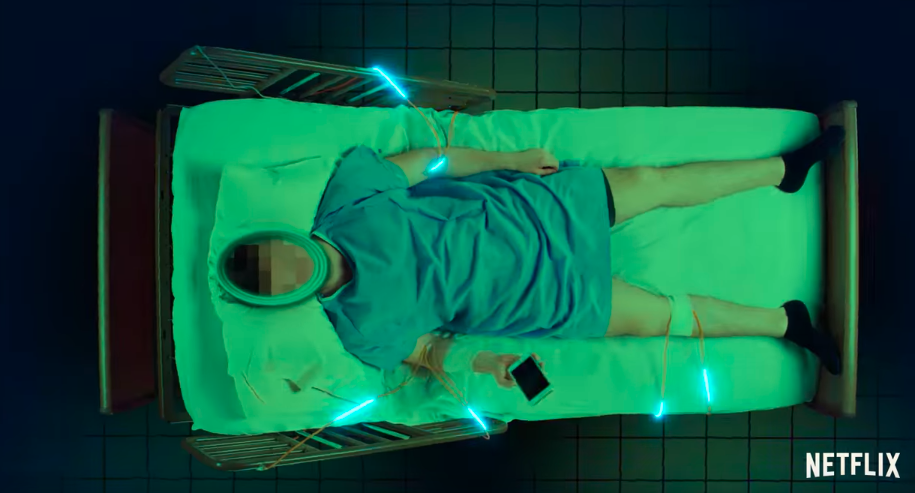While opioid and alcohol abuse have dominated the media, Adderall and stimulant drugs are overtaking college students at record numbers. Netflix’s new documentary, Take Your Pills, highlights the stimulant abuse epidemic facing our country. Through pop culture references, mesmerizing, cartoonish animations and interviews with researchers, the documentary conveys what it means to be human.
Adderall and Ritalin, stimulant drugs that affect dopamine and adrenaline levels in the brain, are most commonly associated with ADD and ADHD. But the medications have been used and abused by college students, jazz musicians, celebrities and even Wall Street analysts to attain what seems unattainable. According to the documentary, while stimulant use has been heavily popularized in the past 10 years via pop culture, the overuse and abuse of amphetamines can be traced to a 1937 Time magazine article and the early jazz era.
One of the strengths of Take Your Pills is its realistic depiction of the pressures that exist in the 21st century. We live in a hyper-competitive society where individuals focus on success and on surpassing their peers. Many people see stimulants as enabling them not only to attain this unfathomable measure of perfection, but also to perform at the highest capacity to get the grades, jobs and lifestyle they chase.
Take Your Pills excels in its cautious yet seemingly unbiased portrayal of stimulant drugs. While the documentary conveys many of the dangers of Adderall — which include addiction and various cardiovascular issues — it also highlights some of the benefits of these drugs and intersperses the mixed opinions of doctors and patients.
The documentary also triumphs in its use of pop culture references, animations and facts. Throughout the film, cartoons depict the background and discovery of stimulant medications and explain some of the scientific implications of the drugs. For example, there’s an animated depiction of the discovery of Ritalin, named after “Rita,” the wife of the drug’s creator. While the animations come off as childish at first, they effectively simplify the topic and make it understandable.
By highlighting the usage of Adderall in pop culture, the documentary also raises questions regarding the normalization of stimulant drugs. Amphetamine usage heavily influenced the sound, beat and mood of jazz musicians in the 1930s. In the 1960s, Jack Kerouac, Allen Ginsberg and other writers relied on speed. And the Beatles used “prellies” — or phenmetrazine — to manage the workload of their longer tours.
Even in the entertainment world, Adderall has been overstigmitized. There’s been references to Adderall on shows such as Silicon Valley and Girls and even in rap music. The common and consistent portrayal of these drugs not only creates a sense of normalcy but in some ways eliminates the drawbacks and side effects of using them.
Like the SAT, much of an individual’s access to ADHD medications is based on privilege, class and environment. Furthermore, in communities where good doctors are unavailable, youth often self-medicate with hardcore drugs such as meth, also a stimulant.
Take Your Pills raises thought-provoking questions regarding the stigma associated with drugs: Should individuals who use them on a regular basis be viewed as lesser? Most importantly, what constitutes a “level playing field” in society? Many people hire SAT tutors or drink coffee to excel; how do we classify whether stimulant drugs alter and affect the fairness of competition?
Even more so, Take Your Pills raises crucial questions about the human psyche and condition that researchers are just beginning to answer.



